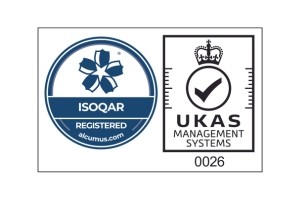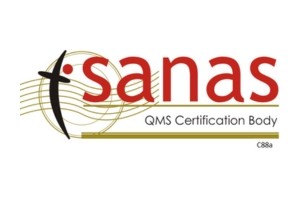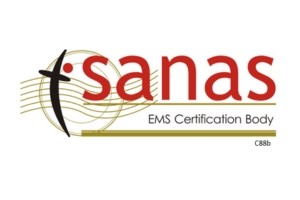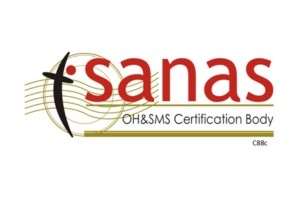If you’re responsible for managing the impact that the use of hazardous substances has in your organisation, it’s important that you understand what paper work you need to control your usage safely.
WRITTEN BY: ALCUMUS
28TH JANUARY
There’s often confusion in the industry about the purpose of a Safety Data Sheet (SDS) and a COSHH assessment when managing chemicals. It’s important to understand why both are necessary to assessing the risks involved when working with hazardous substances.
Our COSHH expert, Mike Harris, discusses the key differences between the both and why each are important to managing chemicals, safely and compliantly.
The Control of Substances Hazardous to Health (COSHH) regulations provide a framework to protect people against health risks that may arise from work activities that expose them to hazardous substances. Organisations are required to implement and record control substance measures by documenting them in a COSHH assessment.
What is a Safety Data Sheet (SDS)?
As set out by the Registration, Evaluation, Authorisation and restriction of Chemicals (REACH) regulation, an SDS sheet is required for each hazardous product in use within an organisation. An SDS sheet contains all of the information about a substance, and its hazards.

Safety data sheets alone do not constitute a compliant risk assessment. They are merely the starting reference point for such an assessment, as the SDS only gives you information about the substance itself – you must assess the risk from use of the substance in the actual work activity, including amounts, concentrations etc.
A health and safety professional responsible for the control of hazardous substances must appreciate the difference between an SDS sheet and a COSHH risk assessment.
What is a COSHH assessment and what is its purpose?
There’s a common misconception that a risk assessment is simply the identification of the hazardous properties of a substance, however this is not the case. A COSHH risk assessment is designed to provide specific controls for the use of a substance, bespoke to a company’s specific usage of a material. A COSHH assessment is used to ensure that control measures are taken into consideration to prevent or control exposure to substances hazardous to health. In practical terms, a risk assessment will demonstrate that suitable judgement has been taken to reach these.
The COSHH assessment contains important information as to the health and safety hazards posed by chemicals/substances, required exposure control measures, first aid requirements, spillage containment, safe disposal requirements and so forth. The responsible COSHH person then uses this information so that they have the facts necessary to prevent and control exposure to these hazards. A practical, common sense approach should be adopted when writing assessments. The principle behind a risk assessment is that it should enable a person undertaking an activity (whatever their expertise) to:
- Understand the hazards and subsequent risks of substances used in the activity.
- Appreciate the necessity to implement appropriate control measures to minimise the risk to health.
- Identify such control measures and know how to implement them (such as using engineering controls or personal protective equipment (PPE).
- Know what to do when something goes wrong (first aid procedures, spillage requirements, etc.)







